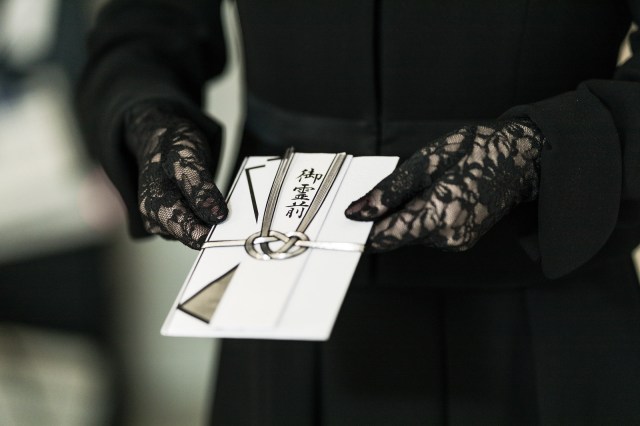
Costs and other societal changes have made ceremonies smaller, and certain practices are approaching obsoleteness.
Traditional Japanese funerary practices are rooted within Buddhist rituals, and a traditional Japanese funeral consists of the following three important steps: the wake, the ceremony itself, and the cremation of the deceased.
However, funerals have been noted to be on a sharp decline in Japan in recent decades, and Hiromi Shimada, a Japanese specialist of religion and writer of a bestseller titled Funerals Are Not Necessary, has observed the three main reasons as to why more Japanese people are forgoing traditional funeral practices.
▼ Gotta check these prices twice so my family doesn’t end up broke.
The first reason is related to cost. Japan has the most expensive funerals in the world with the average funeral cost at 2.31 million yen (US$21,800). This average is at least five times the average of United States’ funeral costs, which has an average of 444,000 yen ($4,183) per funeral.
And especially compared to other countries such as Germany and the United Kingdom, with their respective averages around 198,000 yen ($1,865) and 123,000 yen ($1,158), funeral costs in Japan seem like borderline bank robbery.
▼ While a part of Japanese funeral tradition is gifting money to the deceased’s family, such monetary offerings don’t necessarily cover the full costs.
Costs have also risen due to a growing dependency on third-party vendors. Traditionally, funerals were very much a community-based affair. Whenever an individual in a village passed away, typically a team was formed from the members of neighboring households to assist the grieving family.
Much of the help provided from the community included preparation of funerary items, assisting the post-wake meal, hosting visiting mourners from afar, and burial of the deceased. As populations shifted and more individuals moved out of these tight knit communities, such groups have become scarce save for Japan’s more rural, tradition-abiding regions. In place of assistance that would come from the community in bygone days, people now have to rely on funeral agencies or third-party businesses.
▼ The reciting of Buddhist sutras by a local monk is another traditional part of Japanese funerals, but many families refrain from including such practices to keep down costs.
Secondly, traditional funerals have been on the decline due to their smaller sizes.
While funeral ceremonies used to be elaborate affairs in the late 80s due to the robustness of Japan’s economy, with over-the-top flower displays and even brass ensembles for passed away celebrities, people have now opted to have more private funerals that only include family members and/or close friends of the deceased. Some individuals even opt for a funeral style dubbed chokusou, in which the deceased is cremated immediately, and no wake or ceremony is held.
Smaller funerals ensure that burgeoning expenses, such as the renting of a funeral hall, are avoided, but another factor why funerals have become smaller is that simply put, for a person who passes away in their eighties or nineties, there is no one who can come to mourn. For the extremely elderly, their main social circles have dissipated over time as the majority of their closest relatives and friends have already passed away.
▼ Yet another compounding factor that aging Japanese folks face, along with a lack of stimulation.
Lastly, a drop in company-sponsored funerals have also contributed to the overall decline of Japanese funerals.
Postwar Japan saw a rise in companies becoming more involved in the life affairs of their workers — including their memorialization post mortem. It wasn’t uncommon for companies of any size to oversee funerals especially for top administrators who passed away, and oftentimes companies would completely supply the manpower and funds necessary to pull off the ceremony.
However, nowadays less companies partake in this practice, leaving funeral costs up to individuals and their families.
▼ I too would be deeply lost in thought if I knew my dead body was to be displayed in front of my subordinates.
While things definitely look like they’re on the expensive side in Japan, Hiromi notes that you can still hold a budget-friendly funeral by obtaining the necessary items on your own.
For example, the casket and the funerary urn for holding the deceased’s ashes can be bought separately for 30,000 yen ($282) and 3,000 yen ($28) respectively. The price of cremation depends on the municipality — some local governments offer the service for free, others may have a small charge of 10,000 yen ($94), which is way cheaper than the 60,000 yen ($565) charged by third party businesses in metropolitan areas like Tokyo. So technically, you could have a funeral for less than 50,000 yen ($471), provided you make the proper arrangements ahead of time.
But for folks juggling work, multiple social spheres, and family, the time and energy necessary to prepare for a funeral isn’t something easy to shoulder individually. And while this may be a personal opinion, but if the deceased really wants a traditional funeral, it would be in rather bad taste not to respect their final wishes.
▼ There is also a DIY funeral kit for those who are superbly desperate or strapped for cash.
Every culture has their own funerary practices, often reflecting historical underpinnings as well as religious beliefs. But whether you believe in the afterlife or not, no matter your budget, at least it’s become much easier to keep mementos of the deceased with these elegant brass capsules for your beloved’s ashes or bittersweet, homemade altars.
Source: President Online via Hachima Kiko
Top image: Pakutaso
Insert images: Pakutaso (1, 2, 3, 4, 5, 6)
● Want to hear about SoraNews24’s latest articles as soon as they’re published? Follow us on Facebook and Twitter!
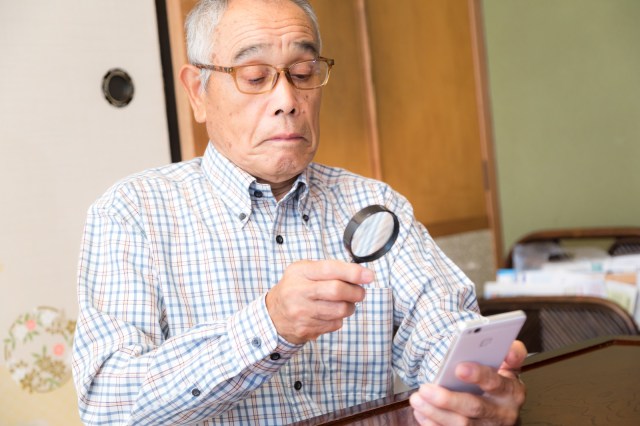

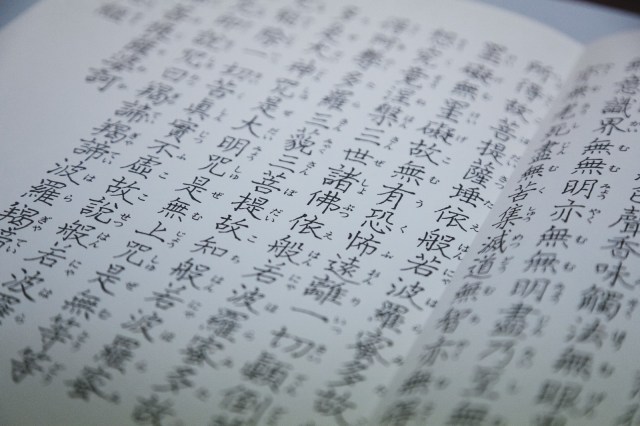

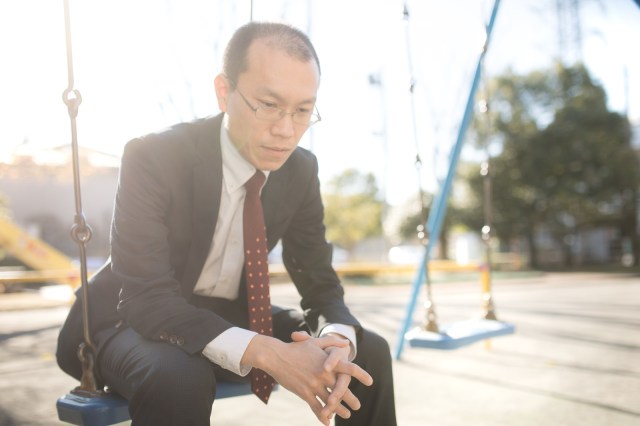
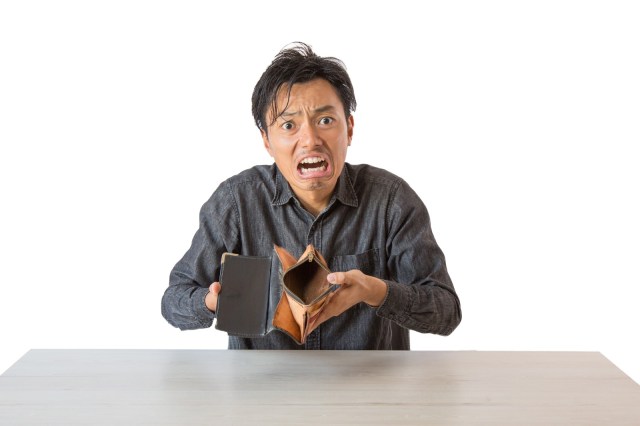
 Do-it-yourself funeral kits go on sale in Japan
Do-it-yourself funeral kits go on sale in Japan Yahoo! Shopping now offers funeral services in Japan
Yahoo! Shopping now offers funeral services in Japan Japanese supermarket’s funeral ad sparks controversy, debate over “blasphemy”
Japanese supermarket’s funeral ad sparks controversy, debate over “blasphemy” Company PET partners with Kyoto temple to offer genuine funeral services for beloved pets
Company PET partners with Kyoto temple to offer genuine funeral services for beloved pets Love doll funeral service in Japan helps silicone lovers rest in peace
Love doll funeral service in Japan helps silicone lovers rest in peace How to order snacks on a Shinkansen bullet train in Japan
How to order snacks on a Shinkansen bullet train in Japan Hello, cosmetics! Clinique teams up with Hello Kitty this summer for first-time collaboration
Hello, cosmetics! Clinique teams up with Hello Kitty this summer for first-time collaboration Burger King Japan suddenly adds Dr. Pepper and Dr. Pepper floats to its menu nationwide
Burger King Japan suddenly adds Dr. Pepper and Dr. Pepper floats to its menu nationwide Demon Slayer: Kimetsu no Yaiba gets new roller coaster attractions and food at Universal Studios Japan
Demon Slayer: Kimetsu no Yaiba gets new roller coaster attractions and food at Universal Studios Japan New samurai glasses are Japan’s latest weird must-have souvenir
New samurai glasses are Japan’s latest weird must-have souvenir New Nintendo Lego kit is a beautiful piece of moving pixel art of Mario and Yoshi【Photos】
New Nintendo Lego kit is a beautiful piece of moving pixel art of Mario and Yoshi【Photos】 Nintendo history you can feel – Super NES, N64, and GameCube controllers become capsule toys
Nintendo history you can feel – Super NES, N64, and GameCube controllers become capsule toys Japan’s new difficult-to-drink-from beer glass protects your liver, but it’s a brutal experience
Japan’s new difficult-to-drink-from beer glass protects your liver, but it’s a brutal experience 10 things you should buy at 7-Eleven in Japan
10 things you should buy at 7-Eleven in Japan McDonald’s adds new watermelon frappe and fruity macaron to its menu in Japan
McDonald’s adds new watermelon frappe and fruity macaron to its menu in Japan “The most Delicious Cup Noodle in history” – Japan’s French Cup Noodle wins our heart【Taste test】
“The most Delicious Cup Noodle in history” – Japan’s French Cup Noodle wins our heart【Taste test】 Starbucks releases a cute Frappuccino and Unicorn Cake…but not in Japan
Starbucks releases a cute Frappuccino and Unicorn Cake…but not in Japan Kyoto Tower mascot termination reveals dark side behind cute Japanese characters
Kyoto Tower mascot termination reveals dark side behind cute Japanese characters McDonald’s Japan’s Soft Twist Tower: A phantom ice cream only sold at select branches
McDonald’s Japan’s Soft Twist Tower: A phantom ice cream only sold at select branches Yabai Ramen: What makes this Japanese ramen so dangerous?
Yabai Ramen: What makes this Japanese ramen so dangerous? Finally! Nintendo Japan expands Switch 8-bit controller sales to everybody, Online member or not
Finally! Nintendo Japan expands Switch 8-bit controller sales to everybody, Online member or not Japanese government wants to build luxury resorts in all national parks for foreign tourists
Japanese government wants to build luxury resorts in all national parks for foreign tourists To combat declining birth rate, Japan to begin offering “Breeding Visas” to foreigners
To combat declining birth rate, Japan to begin offering “Breeding Visas” to foreigners Studio Ghibli releases anime heroine cosplay dresses that are super comfy to wear
Studio Ghibli releases anime heroine cosplay dresses that are super comfy to wear Woman charged for driving suitcase without a license in Osaka
Woman charged for driving suitcase without a license in Osaka Studio Ghibli unveils My Neighbour Totoro miniature house model
Studio Ghibli unveils My Neighbour Totoro miniature house model Kyoto experiencing problems with foreign tourists not paying for bus fares, but not on purpose
Kyoto experiencing problems with foreign tourists not paying for bus fares, but not on purpose Fighting mild hunger with a Japanese soda that turns into jelly in the stomach【Taste test】
Fighting mild hunger with a Japanese soda that turns into jelly in the stomach【Taste test】 Studio Ghibli’s Howl’s Moving Castle tapestry unveiled in Japan for first time
Studio Ghibli’s Howl’s Moving Castle tapestry unveiled in Japan for first time McDonald’s new Happy Meals offer up cute and practical Sanrio lifestyle goods
McDonald’s new Happy Meals offer up cute and practical Sanrio lifestyle goods Sales of Japan’s most convenient train ticket/shopping payment cards suspended indefinitely
Sales of Japan’s most convenient train ticket/shopping payment cards suspended indefinitely Sold-out Studio Ghibli desktop humidifiers are back so Totoro can help you through the dry season
Sold-out Studio Ghibli desktop humidifiers are back so Totoro can help you through the dry season Japanese government to make first change to romanization spelling rules since the 1950s
Japanese government to make first change to romanization spelling rules since the 1950s Foreigner’s request for help in Tokyo makes us sad for the state of society
Foreigner’s request for help in Tokyo makes us sad for the state of society Ghibli founders Toshio Suzuki and Hayao Miyazaki contribute to Japanese whisky Totoro label design
Ghibli founders Toshio Suzuki and Hayao Miyazaki contribute to Japanese whisky Totoro label design Doraemon found buried at sea as scene from 1993 anime becomes real life【Photos】
Doraemon found buried at sea as scene from 1993 anime becomes real life【Photos】 Tokyo’s most famous Starbucks is closed
Tokyo’s most famous Starbucks is closed Princesses, fruits, and blacksmiths: Study reveals the 30 most unusual family names in Japan
Princesses, fruits, and blacksmiths: Study reveals the 30 most unusual family names in Japan Increasing number of Japanese ditching traditional attitudes about weddings and funerals
Increasing number of Japanese ditching traditional attitudes about weddings and funerals Here’s a little tip from a Buddhist monk for anyone spooked by cemeteries at night
Here’s a little tip from a Buddhist monk for anyone spooked by cemeteries at night Kyoto City planning to sell cremated people’s precious metal fillings for millions of yen
Kyoto City planning to sell cremated people’s precious metal fillings for millions of yen Tokyo temple holds funeral for personal seals in effort to reform outdated business practice【Vid】
Tokyo temple holds funeral for personal seals in effort to reform outdated business practice【Vid】 Pet crematorium in Japan was burning trash with animals for more than 10 years
Pet crematorium in Japan was burning trash with animals for more than 10 years Millennium-old Japanese temple offering funeral service for broken record player needles
Millennium-old Japanese temple offering funeral service for broken record player needles Kyoto Animation to release full list of arson attack victim names in credits of new anime movie
Kyoto Animation to release full list of arson attack victim names in credits of new anime movie Panasonic to recognize same-sex marriages of its employees starting this April
Panasonic to recognize same-sex marriages of its employees starting this April Find a red envelope on the ground? Here’s why you should never pick it up
Find a red envelope on the ground? Here’s why you should never pick it up Hana Kimura’s mother slams Terrace House castmates for partying after daughter’s death
Hana Kimura’s mother slams Terrace House castmates for partying after daughter’s death Buddhist temple singles parties: The enlightened way to find a romantic partner
Buddhist temple singles parties: The enlightened way to find a romantic partner Japanese idol singer holds memorial concert for 55-year-old fan who died alone and had no funeral
Japanese idol singer holds memorial concert for 55-year-old fan who died alone and had no funeral Coronavirus leads to creation of haunted toilet at Japanese theme park
Coronavirus leads to creation of haunted toilet at Japanese theme park This Japanese Ultraman temple block will help you cast off all worldly desires!
This Japanese Ultraman temple block will help you cast off all worldly desires! Holy noodles! Japanese restaurant serves up some very unusual udon
Holy noodles! Japanese restaurant serves up some very unusual udon
Leave a Reply